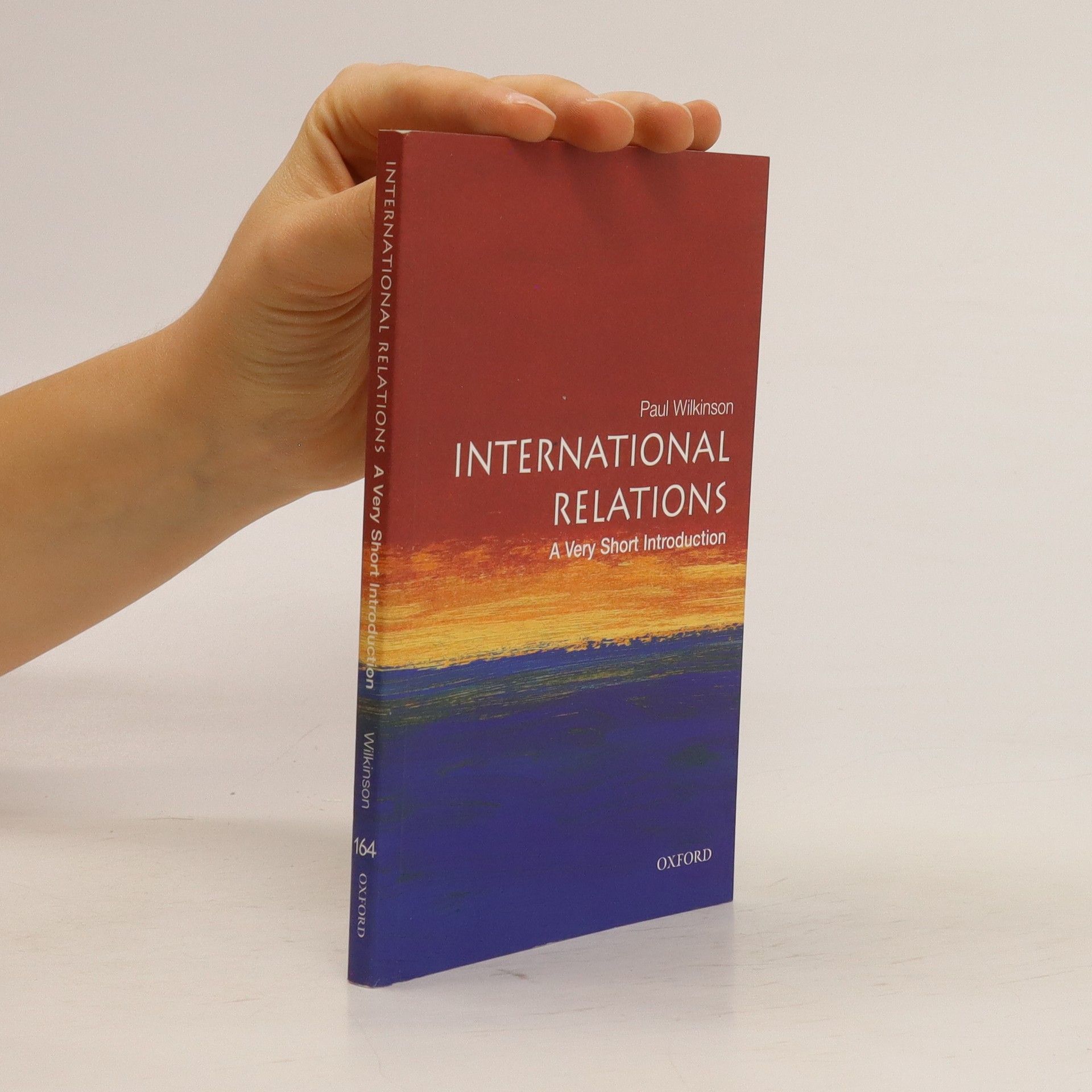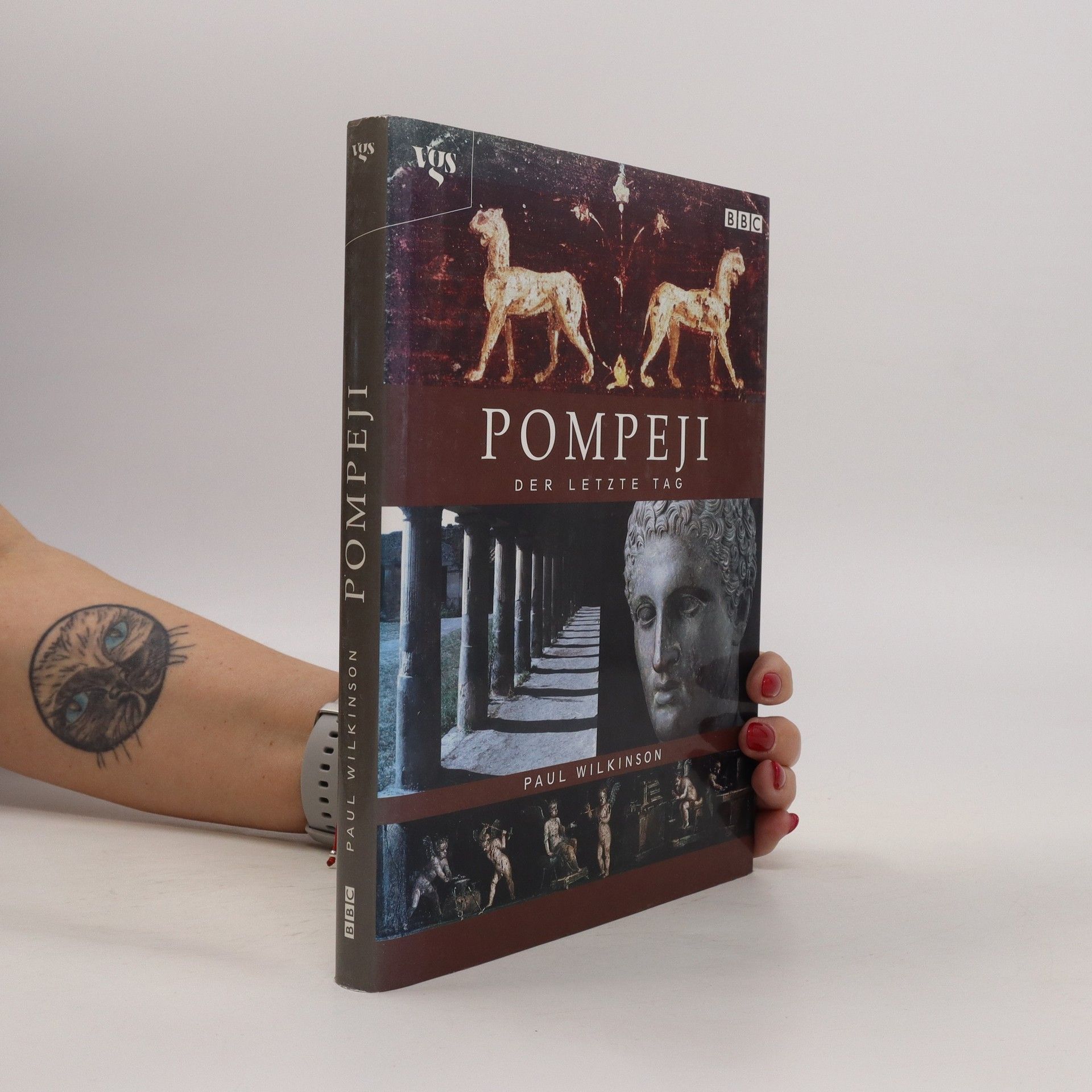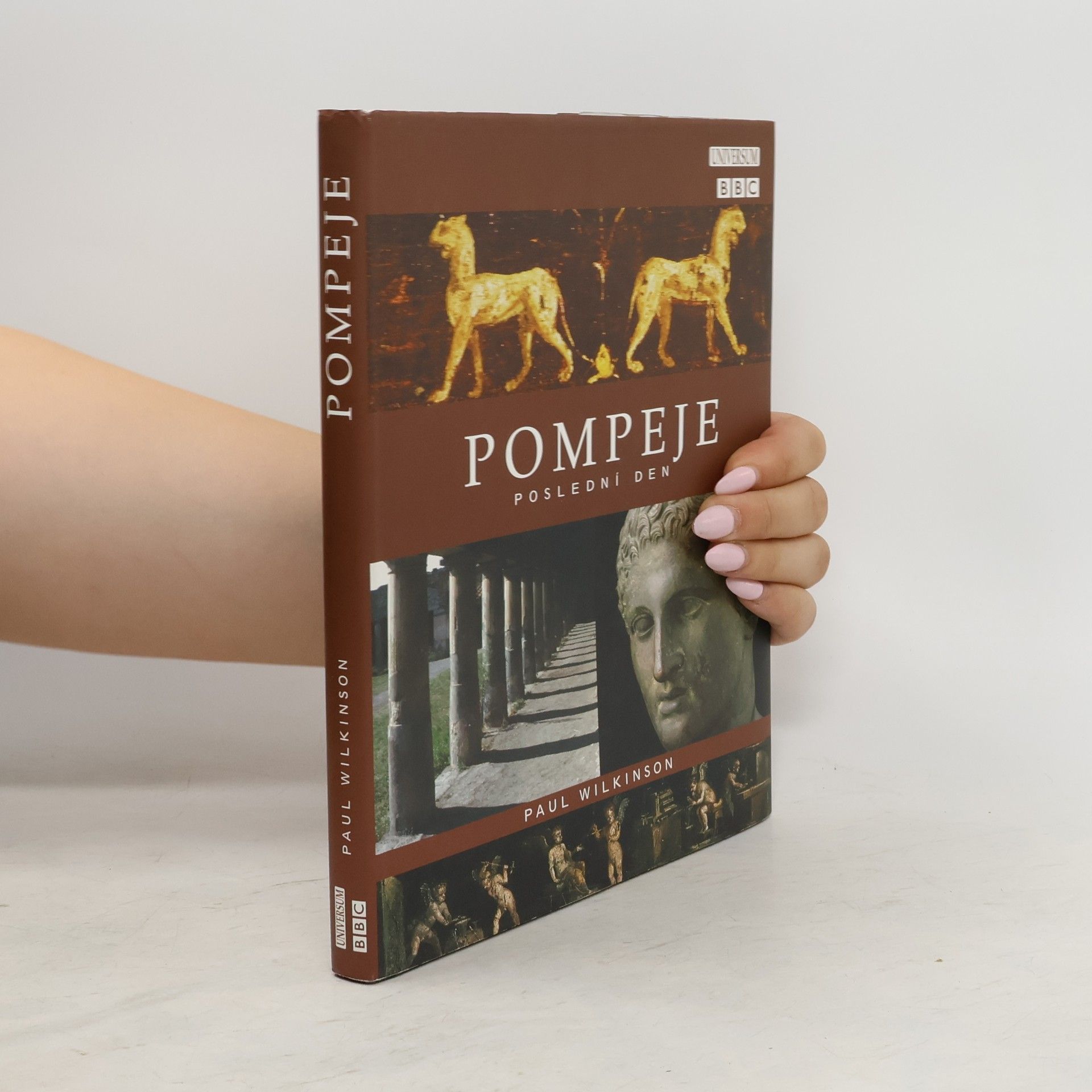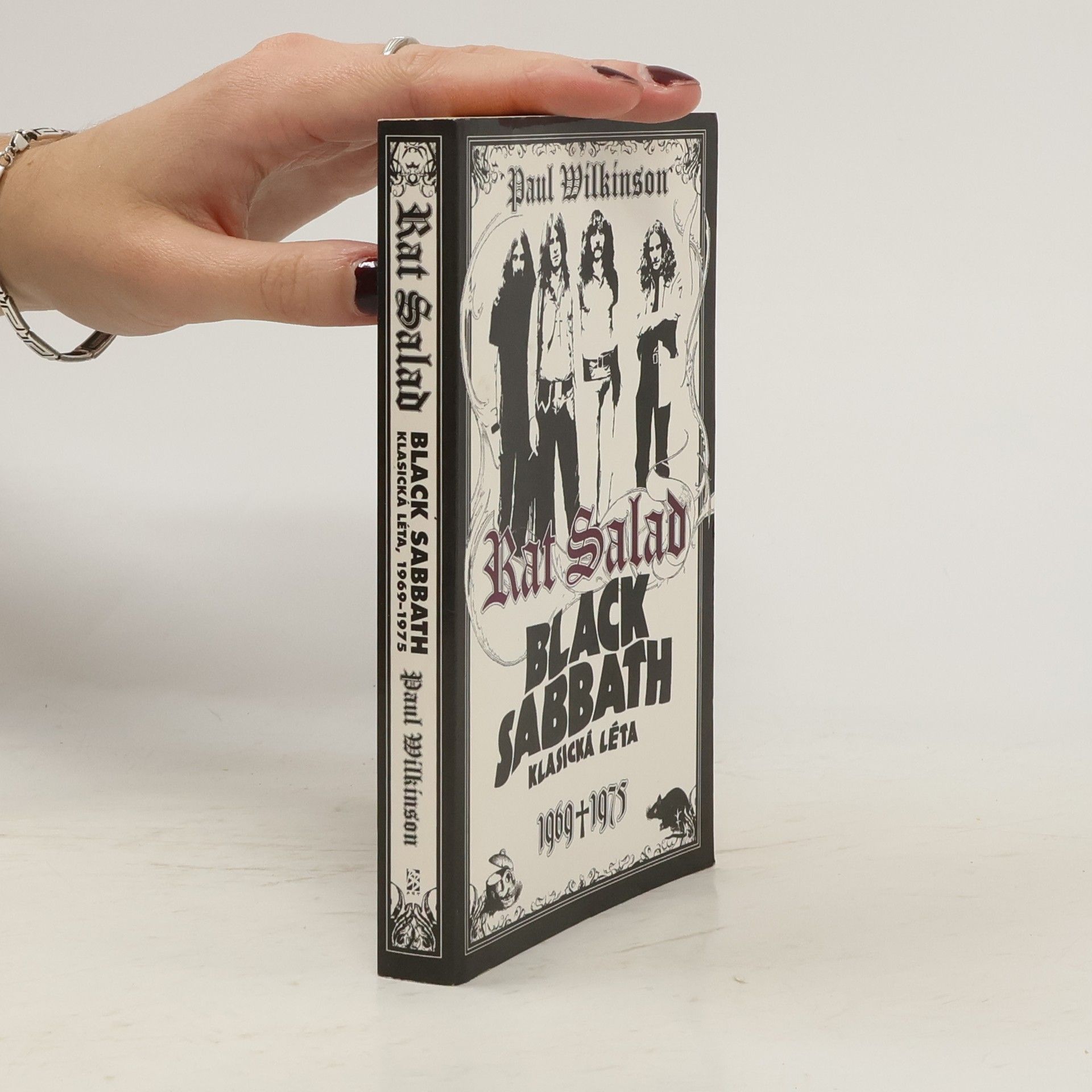Am 24. August des Jahres 79 n. Chr. brach der Vulkan Vesuv am Golf von Neapel in einer gewaltigen Eruption aus. Dörfer und Städte am Fuss des Berges wurden unter einer dicken Schicht aus Asche und Bimsstein begraben. Für Pompeji bedeutete dies das unwiderrufliche Ende. - Filmische Rekonstruktion der Ereignisse um und während des Ausbruchs des Vesuvs am 24. August des Jahres 79, dem die Stadt Pompeji zum Opfer fiel. Der Film basiert auf archäologischen Erkenntnissen und verbindet gesicherte historische Fakten mit einer fiktiven Spielhandlung um den Tagesablauf einiger Menschen, um der Katastrophe ein individuelles Gesicht zu geben. Der Vulkanausbruch wird durch aufwändige computergestützte Effekte in Szene gesetzt.
Paul Wilkinson Bücher






Person-Centred Therapy
- 332 Seiten
- 12 Lesestunden
This is a valuable sourcebook offering a comprehensive overview of person-centred therapy including a new section on recent developments and advances
International relations : a very short introduction
- 160 Seiten
- 6 Lesestunden
Covering topics such as foreign policy, the world economy, and globalization, this Very Short Introduction exemplifies the many disciplines that come together in the study of international events. Discussing not only the main academic theories, but also the practical problems and issues,Wilkinson considers key normative questions, such as how the international state system might be reformed so that international relations are improved.
A practical introduction covering all core aspects of archaeology, this book is perfect for anyone looking to get involved in archaeology on a professional level or as a volunteer, or simply wanting an overview of the discipline. Aerial and ground survey, excavation and fieldwork, recording methods, soil sampling and small finds are all discussed.
A winning account of Ozzy Osbourne’s Black Sabbath in their early, glory years.Black Sabbath is one of the most outrageous, yet longest-lived bands in the history of rock ‘n’ roll. This informative, idiosyncratic book paints a vivid picture of the band’s colourful early history — interwoven with all the most crucial news stories of the from Vietnam to Bloody Sunday and the Space program.Where Rat Salad diverges from routes taken by most rock biographies, however, is in its detailed analysis of the band’s first six albums. These chapters occupy about half the book and persuasively explain the appeal of the music, its compositional artistry and its audacious inventiveness.Original and passionate, Rat Salad embraces a remarkably diverse cast of characters — from Ozzy Osbourne himself and the other band members, through to Edith Sitwell, Breugel the Elder, John Milton and Doris Day. The author’s hand looms large in the piece. We see him both as a boy and a man, as he looks back at a life populated with love, sex, drugs and death, played out against a backdrop of crucifixes and power chords.
Mastering Portrait Photography
- 176 Seiten
- 7 Lesestunden
Photographic portraits should not be the formal, corporate-style poses of yesteryear, which reveal nothing of the subject's emotion, personality or mood - so believe Sarah Plater and Paul Wilkindon. Theirs is a modern, fresh and vibrant approach that aims to capture a moment in the lifestyle of the person or persons in the picture. This authoritative guide contains clear, concise and jargon-busting text that discusses the essential technical aspects of photography from choosing a camera and equipment to an appreciation of exposure, aperture, metering, shutter speed, depth of field and white balance settings, in addition to how natural light, colour and movement affect a photograph. A guide to posing helps to ensure dynamic and arresting images
Ritratti. Corso completo di tecnica fotografica
- 176 Seiten
- 7 Lesestunden
Che cosa serve per diventare un maestro del ritratto fotografico?Una sensibilità per le variazioni di luce? Una conoscenza profonda dell’apparecchio e degli accessori per l’illuminazione? La capacità di valutare che spostando la testa del soggetto di 2mm si otterrà un notevole miglioramento? Tutti questi elementi sono indubbiamente importanti, ma quello che è fondamentale è il piacere di stare in mezzo alla gente. Troppo spesso si acquistano attrezzature costose per poi restare rintanati in un angolo e riprendere le persone con lo zoom. Al contrario, i buoni ritratti devono essere creati, non solo catturati.
Pompeje: poslední den
- 192 Seiten
- 7 Lesestunden
Kniha podává stručné dějiny Pompejí i Herculanea a popisuje všední život v římské venkovské oblasti.
Rat Salad : Black Sabbath, klasická léta 1969-1975
- 365 Seiten
- 13 Lesestunden
Tato ojedinělá rocková biografie Rat Salad dává nahlédnout do pestré minulosti kapely, detailně se zabývá především jejími začátky, které popisuje na pozadí tehdejších událostí. Největší důraz nicméně klade na důkladný rozbor prvních šesti alb. Autor v textu odkazuje na množství zcela odlišných osobností a děl, jejichž vliv se promítl do tvorby a výjimečně originálních skladeb Black Sabbath.


